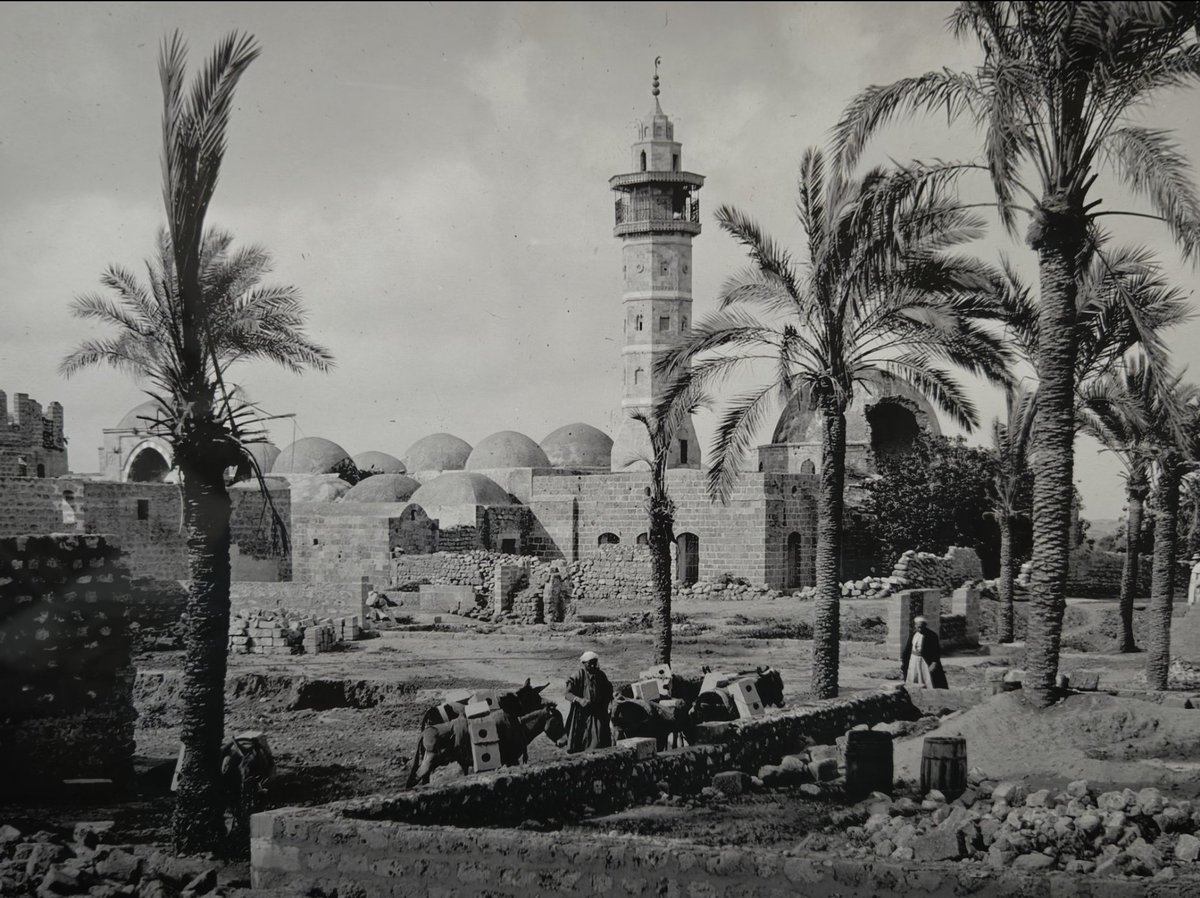Java’s earliest Hindu temple complex, built between 675 and 725, lies high on the Dieng Plateau, some three hours drive from Borobodur in the Highlands of Central Java. 

Here, up amid the sulphur springs and occluded by plumes of sulphurous steam belching out of geysers within the rim of a still active volcano, is the sacred space known as '‘The Place of the Gods.” 

The temples are all Shaivite, though on the Trimurti temple, Brahma and Vishnu are also depicted in some of the very earliest Hindu figure sculpture to survive from SE Asia. 

Most of the temples are built in a similar style to the Pallava temples in Kanchipuram and are especially close to the profile of the Shore Temple at Mahaballipuram, but none are directly modelled on any one temple, and the elongated doorways are unique. 

These new SE Asian stone temples were constructed in a world with similar social and political processes at work to 7thC South India 

... "yet while there is a great deal of evidence of the results of cultural interactions between South and Southeast Asia, direct evidence regarding the agents and actual processes of cultural transmission remains rather meagre.” 

Most of the upper storeys of these temples have upturned corner accents, typical of Javanese prototypes & resembling Chinese flying eves—so amid the Indian influence, localisation is already taking place, a process that would soon spin off into its own fantastic trajectory. 

"This geographical spread of cellae across South and Southeast Asia suggests not just parallel developments from a common source, but also exchanges in architectural ideas, technical expertise and interpretations of religious rituals..." 

"The occurrence of particular architectural techniques, motifs or compositional characteristics in geographically separated locations begs numerous questions." (Datta) 

• • •
Missing some Tweet in this thread? You can try to
force a refresh




























